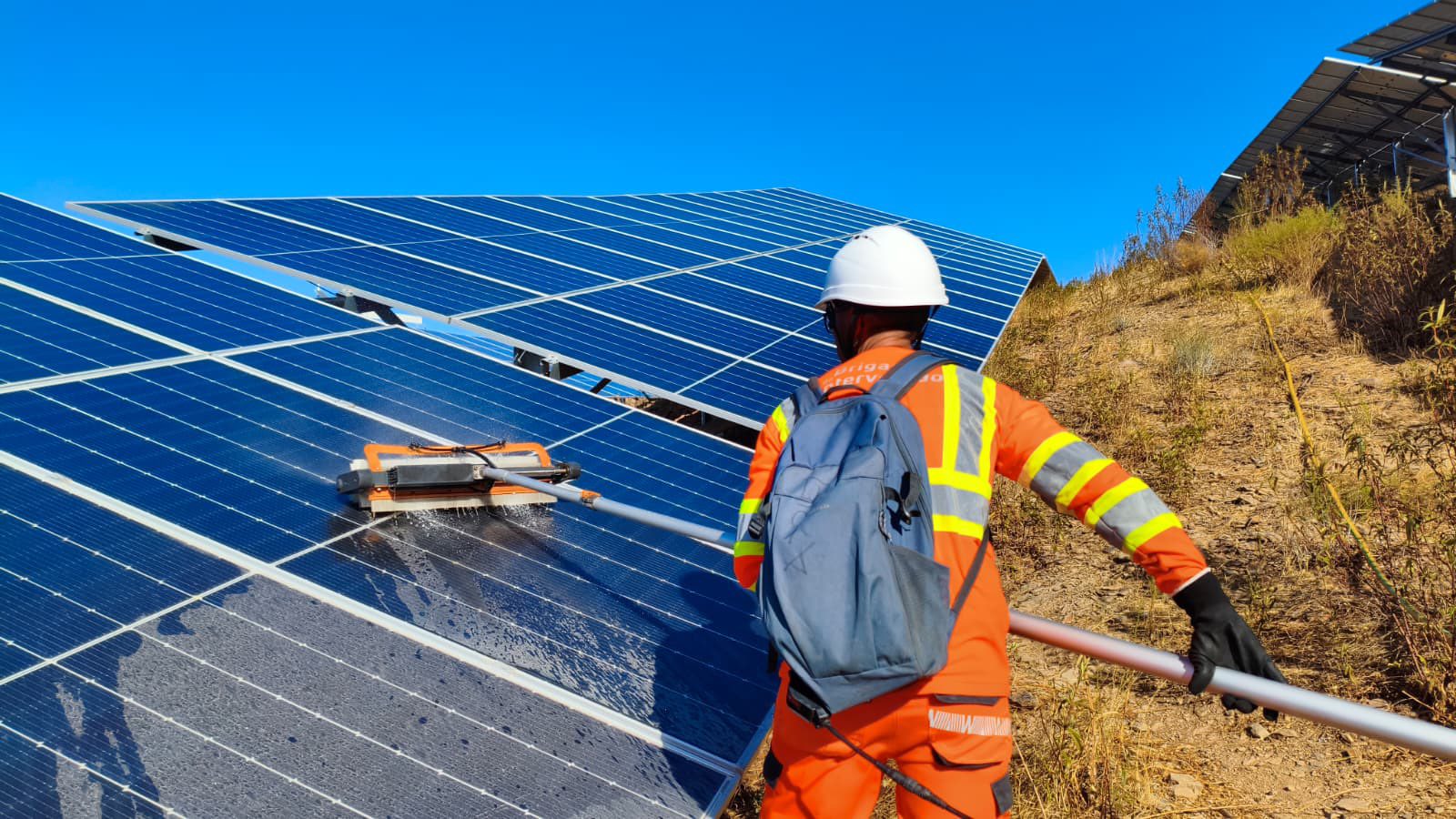Mastering the Chill: A Comprehensive Guide to Winterizing Your RV for Full-Time Living
As the winter months approach, full-time RVers face unique challenges that require careful planning and preparation. Winterizing your RV is not just about protecting your vehicle from the cold; it’s about ensuring a comfortable and safe living environment during the harshest months of the year. This guide will delve into the essential steps and considerations for effectively winterizing your RV, allowing you to embrace the winter season without compromising your lifestyle.
Understanding the Importance of Winterization
Winterizing your RV is crucial for several reasons:
- Preventing Damage: Cold temperatures can cause water in your plumbing system to freeze, leading to cracked pipes and costly repairs.
- Maintaining Comfort: Proper insulation and heating solutions are necessary to keep your living space warm and cozy.
- Safety Concerns: Icy conditions can lead to hazardous situations, making it essential to prepare your RV for safe travel and living.
Step-by-Step Winterization Process
- Drain and Bypass the Water System
Start by draining your fresh water tank and water lines. Follow these steps:
- Turn off the water heater and allow it to cool before draining.
- Open all faucets and flush the toilet to remove as much water as possible.
- Use an air compressor to blow out any remaining water in the lines.
- Bypass the water heater to prevent antifreeze from entering it.
- Add Antifreeze
Once the water system is drained, it’s time to add RV antifreeze:
- Choose the right antifreeze: Use non-toxic RV antifreeze, which is safe for your plumbing system.
- Pump the antifreeze into your water lines using a hand pump or a built-in winterization kit. Make sure to run the antifreeze through all faucets, the shower, and the toilet.
- Insulate Exposed Pipes and Areas
To prevent freezing, insulate any exposed pipes and vulnerable areas:
- Use foam pipe insulation for pipes that are exposed to the cold.
- Seal any gaps around windows and doors with weather stripping or caulk to prevent drafts.
- Consider using thermal curtains to help retain heat inside your RV.
- Check the Heating System
Ensure your heating system is functioning properly:
- Inspect your furnace and replace any filters if necessary.
- Test the propane system to ensure there are no leaks and that it’s functioning efficiently.
- Consider a space heater for additional warmth, but ensure it’s safe for use in an RV.
- Protect the Exterior
Your RV’s exterior also needs attention:
- Inspect the roof for any cracks or damage and seal them with RV roof sealant.
- Cover your tires with tire covers to protect them from UV damage and cracking.
- Consider using a breathable RV cover to shield your vehicle from snow and ice accumulation.
- Prepare for Travel
If you plan to travel during winter, take additional precautions:
- Check your battery: Cold weather can reduce battery performance. Ensure your batteries are fully charged and consider using a battery maintainer.
- Stock up on supplies: Carry extra blankets, food, and water in case of emergencies.
- Plan your routes: Stay informed about weather conditions and avoid traveling during severe winter storms.
Additional Tips for Full-Time RV Living in Winter
- Stay Active: Engage in winter activities like skiing or snowshoeing to make the most of the season.
- Join RV Communities: Connect with other full-time RVers for tips and support during the winter months.
- Monitor Indoor Humidity: Use a dehumidifier to prevent condensation and mold growth inside your RV.
Conclusion
Winterizing your RV for full-time living is a multifaceted process that requires attention to detail and proactive measures. By following these steps, you can protect your investment, ensure your comfort, and enjoy the beauty of winter from the warmth of your RV. Embrace the season with confidence, knowing that you’ve taken the necessary steps to winterize your home on wheels. Happy travels!

